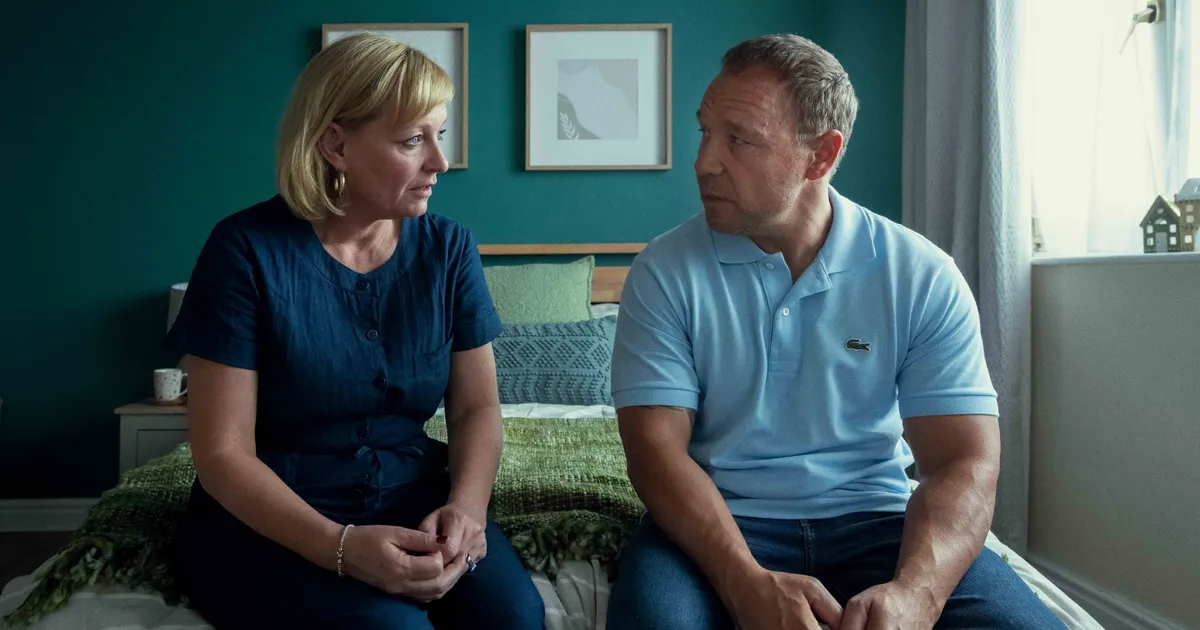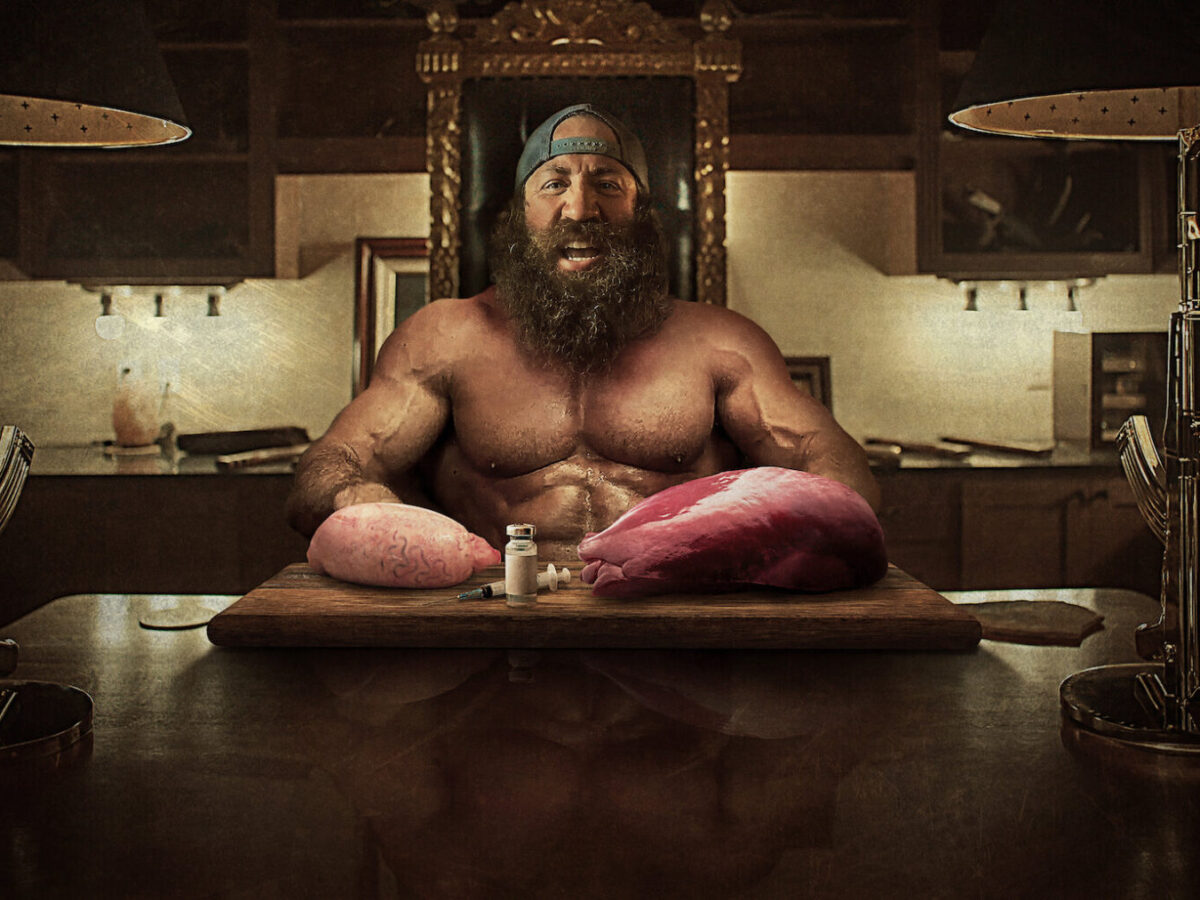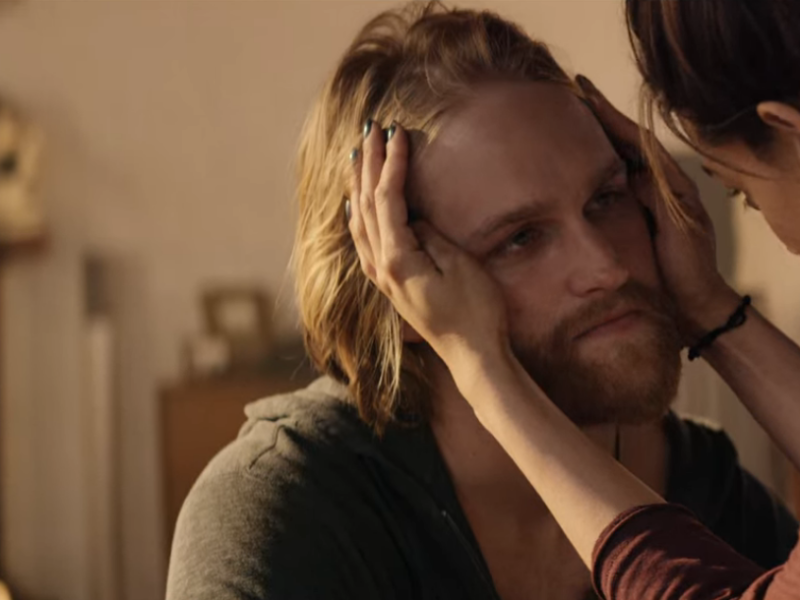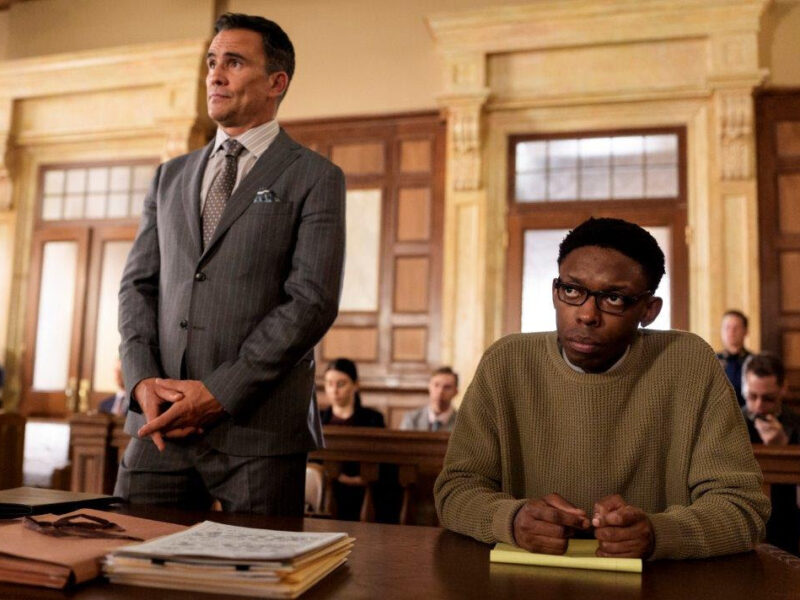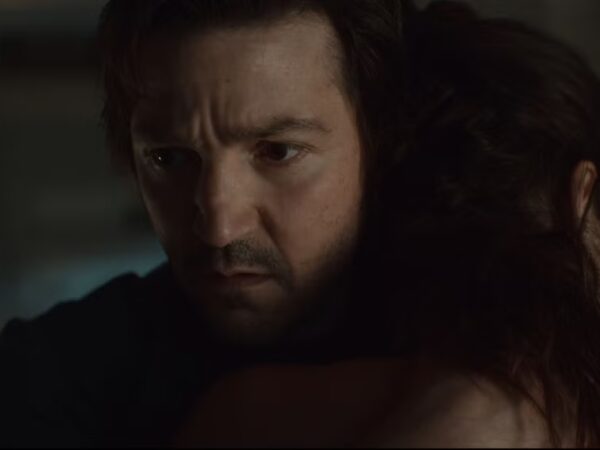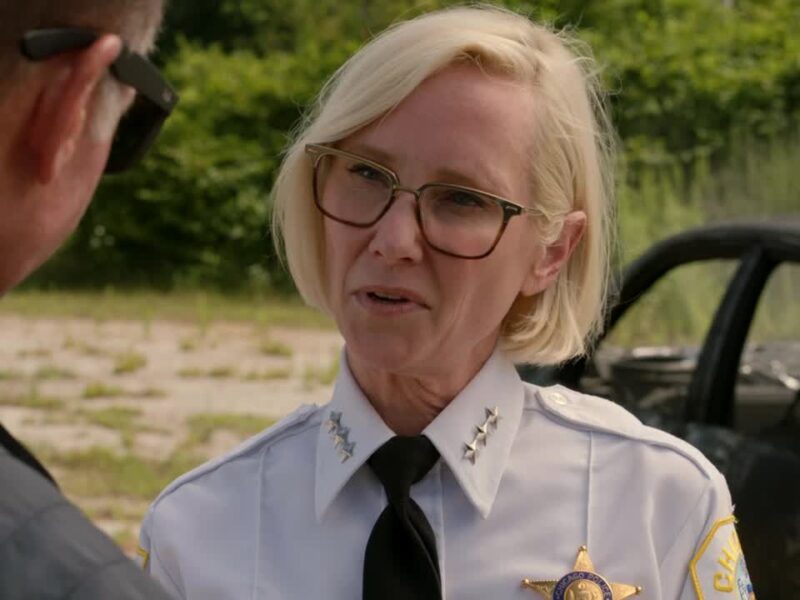The chilling Netflix limited series Adolescence has quickly become one of the platform’s most talked-about shows, not just for its storytelling technique—each episode crafted in a single take—but for the haunting moral questions it raises. Starring Owen Cooper as 13-year-old Jamie Miller, the show centers on his arrest and eventual confession to the stabbing of classmate Katie Leonard. But what makes Adolescence linger in the viewer’s mind long after the credits roll isn’t just its narrative clarity—it’s the murky emotional and societal undercurrents it forces us to confront.
Created by Jack Thorne and Stephen Graham, who also stars as Jamie’s emotionally devastated father, the show is not technically based on a true story. However, according to an interview with Tudum, Graham explained that Adolescence was inspired by a troubling surge in knife crime across the UK. This surge is more than background noise—it is the heartbeat of the show, a real-world threat seeping into fiction with devastating consequences.
The Rise of Real-World Knife Crime and Its Echo in Fiction
The series draws from alarming real-world data. As reported by People, the Office for National Statistics revealed that knife attacks in England and Wales have doubled over the past decade. A March 2023 report by the Ministry of Justice stated that over 18,000 knife-related crimes were committed in just one year, with 17.3% of the offenders aged between 10 and 17. Adolescence channels this reality through Jamie’s quiet spiral—one that begins not with violence, but with silence and isolation.
In the show, Jamie is portrayed as a soft-spoken boy with low self-esteem, deeply affected by bullying both in person and online. A seemingly innocuous Instagram comment using incel-related emojis from his victim Katie sets the fuse. Throughout the episodes, we see how his interactions with online communities—particularly those connected to the manosphere and figures like Andrew Tate—compound his sense of alienation. As Graham noted in his conversation with Tudum, “the pressures that come from all of those things are as difficult for kids here as they are the world over.”
Guilt, Manipulation, and the Weight of a Guilty Plea
The question of Jamie’s guilt is answered relatively early. By the end of episode one, viewers watch surveillance footage implicating him in Katie’s murder. The psychological tension, however, escalates when Jamie seems to backtrack in a therapy session, yelling, “I didn’t fucking say that! You’re fucking putting words in my mouth!” The series refuses to rely on cheap narrative ambiguity. Instead, it builds psychological texture by focusing on why Jamie eventually accepts his guilt—and what it costs his family.
Jack Thorne, in another interview with Tudum, elaborates on Jamie’s eventual decision to plead guilty: “Jamie now knows what he’s done and what his future might be. That allows him to put his feelings in a box and close the lid on himself in some way.” It’s a moment that cements the show’s emotional thesis: guilt is not only a legal fact but a psychological burden shared by everyone around the perpetrator.
Director Philip Barantini described the final episode’s emotional tone by comparing Jamie’s confession to a family facing the decision to turn off a loved one’s life support. The metaphor is apt. By the time Jamie changes his plea, his parents are already shattered. His mother can barely speak. His father, played with raw precision by Graham, embodies the quiet implosion of a man who blames himself without having the words to admit it.
Fiction That Feels Too Real
Although Adolescence is not a direct adaptation of a true story, its narrative threads are chillingly plausible. Knife crime, youth radicalization, mental health—these are not just themes; they’re active crises. The show’s format, each episode a continuous take, adds an additional layer of realism that doesn’t let viewers—or characters—look away. The camera lingers, almost accusingly, demanding we see what’s too often dismissed in policy debates and news cycles.
By grounding its horror in the everyday—school corridors, family living rooms, a therapist’s office—Adolescence underscores just how fragile the line is between childhood and tragedy. What begins as a crime drama becomes an indictment of parental helplessness, systemic oversight, and the weaponization of the internet on impressionable minds.
As the show ends, we’re not left asking if Jamie is guilty. Instead, we’re haunted by the more painful question: What if he could’ve been saved?
